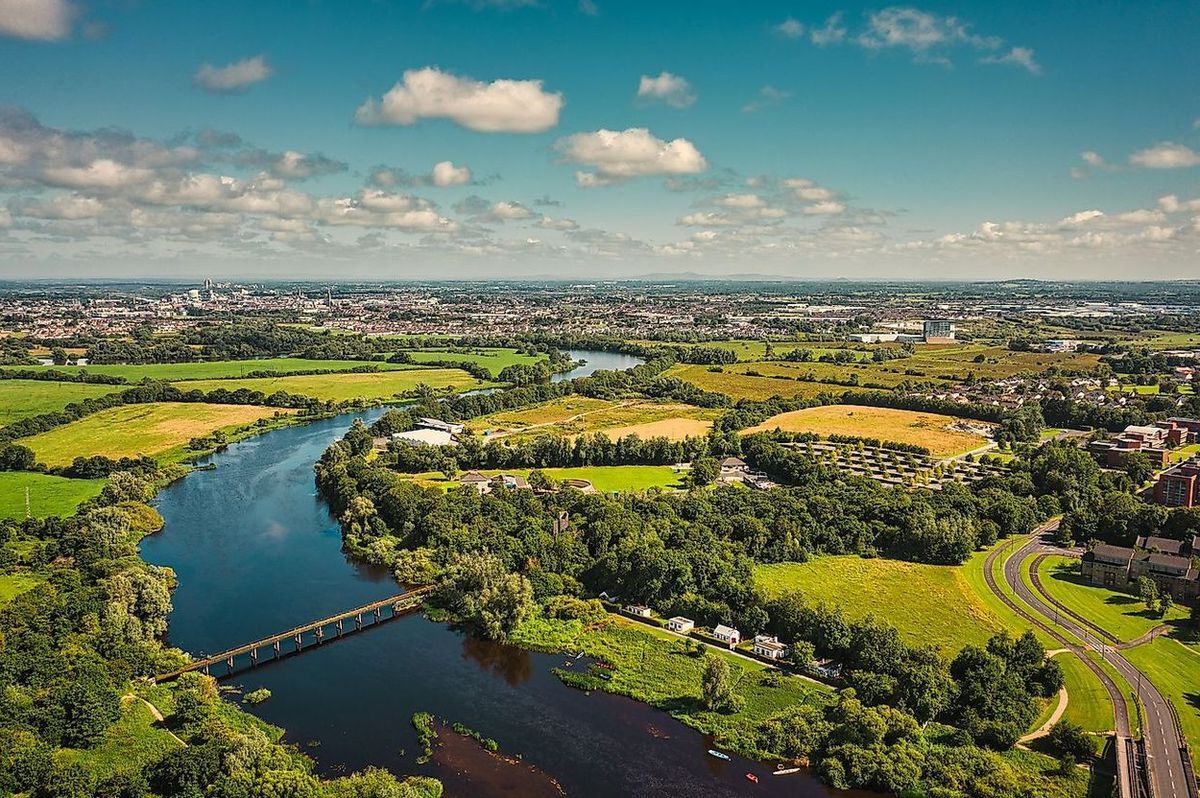
Cyanotype, a photographic printing process that produces a cyan-blue print, has a rich history and a unique place in both art and science. Originating in the 19th century, this technique was initially used by engineers for producing copies of drawings, known as blueprints. However, it wasn't long before artists began to see its potential for creating stunning and ethereal works of art. With just a few simple ingredients and sunlight, anyone can dive into the world of cyanotype. This introduction will guide you through 22 intriguing facts about cyanotype, shedding light on its origins, its process, and how it has evolved over time. Whether you're a photography enthusiast, an artist looking for new mediums to explore, or simply curious about this captivating blue-hued process, these facts will provide a comprehensive overview and inspire you to perhaps try your hand at creating your own cyanotype prints.
What is Cyanotype?
Cyanotype is a photographic printing process that produces a cyan-blue print. It was discovered in the 19th century and has since become a favorite among artists and photographers for its unique aesthetic.
-
Invented by Sir John Herschel: The cyanotype process was invented in 1842 by Sir John Herschel, a British scientist. He was looking for a way to copy his notes and diagrams.
-
Anna Atkins' Contribution: Anna Atkins, a botanist, used cyanotype to create images of algae. She is often considered the first female photographer.
-
Blueprints Origin: The cyanotype process was the original method for creating blueprints, which architects and engineers used for technical drawings.
How Does Cyanotype Work?
The process involves a few simple steps that result in stunning blue images. Here's a breakdown of how it works.
-
Chemicals Used: The process uses two chemicals: ferric ammonium citrate and potassium ferricyanide. When mixed, they create a light-sensitive solution.
-
Coating the Paper: The light-sensitive solution is applied to paper or fabric. Once dry, it becomes ready for exposure to UV light.
-
Exposure to Light: Objects or negatives are placed on the coated paper, which is then exposed to sunlight or a UV lamp. The UV light causes a chemical reaction, creating the image.
-
Washing the Print: After exposure, the paper is washed in water. This stops the chemical reaction and reveals the blue image.
Why is Cyanotype Popular?
Cyanotype's popularity has endured for over a century. Its simplicity and unique results make it a favorite among artists and hobbyists.
-
Ease of Use: The process is straightforward and doesn't require a darkroom, making it accessible to beginners.
-
Distinctive Blue Color: The cyan-blue color is unique to cyanotype and can't be easily replicated by other processes.
-
Durability: Cyanotype prints are incredibly durable. They can last for decades without significant fading.
Cyanotype in Modern Art
Modern artists have embraced cyanotype for its versatility and aesthetic appeal. It continues to inspire creativity in various forms.
-
Mixed Media: Artists often combine cyanotype with other media, such as painting or digital photography, to create unique pieces.
-
Textile Art: Cyanotype is used on fabrics to create stunning textile art, including clothing and home decor items.
-
Photograms: Artists create photograms by placing objects directly on the coated paper, resulting in unique, abstract images.
Fun Facts About Cyanotype
Cyanotype has some interesting quirks and historical tidbits that add to its charm.
-
Sun Printing: Cyanotype is sometimes called "sun printing" because it uses sunlight to develop the image.
-
Non-Toxic: The chemicals used in cyanotype are relatively non-toxic compared to other photographic processes.
-
DIY Kits: Many art supply stores sell DIY cyanotype kits, making it easy for anyone to try.
Famous Cyanotype Artists
Several artists have made significant contributions to the cyanotype process, pushing its boundaries and exploring its potential.
-
Anna Atkins: As mentioned earlier, Anna Atkins is a pioneer in cyanotype photography. Her book, "Photographs of British Algae," is a landmark in photographic history.
-
Christian Marclay: This contemporary artist has used cyanotype in his work, blending it with other media to create innovative pieces.
-
Nancy Wilson-Pajic: Known for her large-scale cyanotype installations, Wilson-Pajic has brought the process into the realm of fine art.
Cyanotype in Education
Cyanotype is often used in educational settings to teach basic principles of photography and chemistry.
-
Science Projects: Teachers use cyanotype to demonstrate chemical reactions and the effects of UV light.
-
Art Classes: Art instructors introduce students to cyanotype to explore alternative photographic processes and creative expression.
-
Workshops: Many art centers and museums offer cyanotype workshops, providing hands-on experience with this fascinating process.
A Final Glimpse at Cyanotype Marvels
We've journeyed through the fascinating world of cyanotypes, uncovering their rich history, unique process, and versatile applications. From its inception in the 19th century to its resurgence in contemporary art and education, cyanotype has proven to be more than just a photographic technique; it's a creative expression that bridges past and present. Artists and educators alike continue to embrace this method for its simplicity, affordability, and the ethereal blue hues it produces. Whether used for capturing botanical beauty, creating intricate artworks, or teaching photographic principles, cyanotype offers endless possibilities for exploration and creativity. As we close this chapter, let's carry forward the inspiration drawn from cyanotypes, encouraging us to experiment and see the world through a different lens.
Was this page helpful?
Our commitment to delivering trustworthy and engaging content is at the heart of what we do. Each fact on our site is contributed by real users like you, bringing a wealth of diverse insights and information. To ensure the highest standards of accuracy and reliability, our dedicated editors meticulously review each submission. This process guarantees that the facts we share are not only fascinating but also credible. Trust in our commitment to quality and authenticity as you explore and learn with us.


